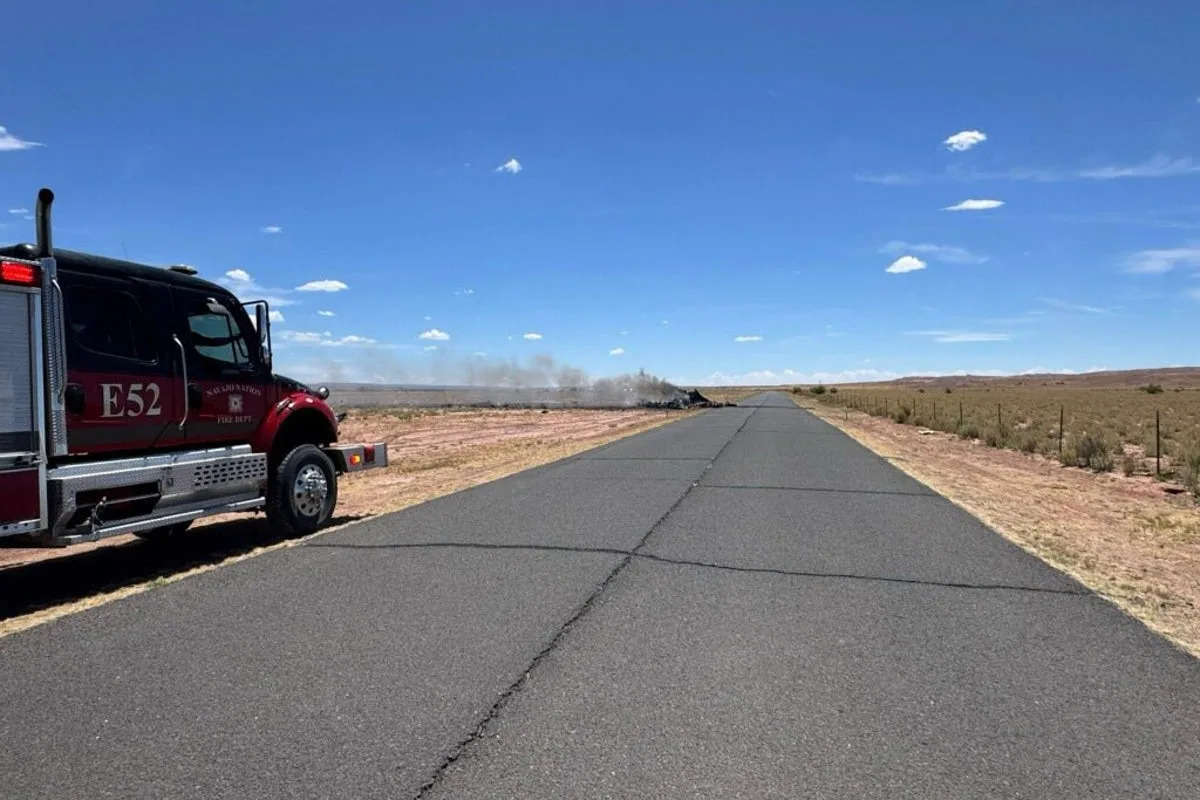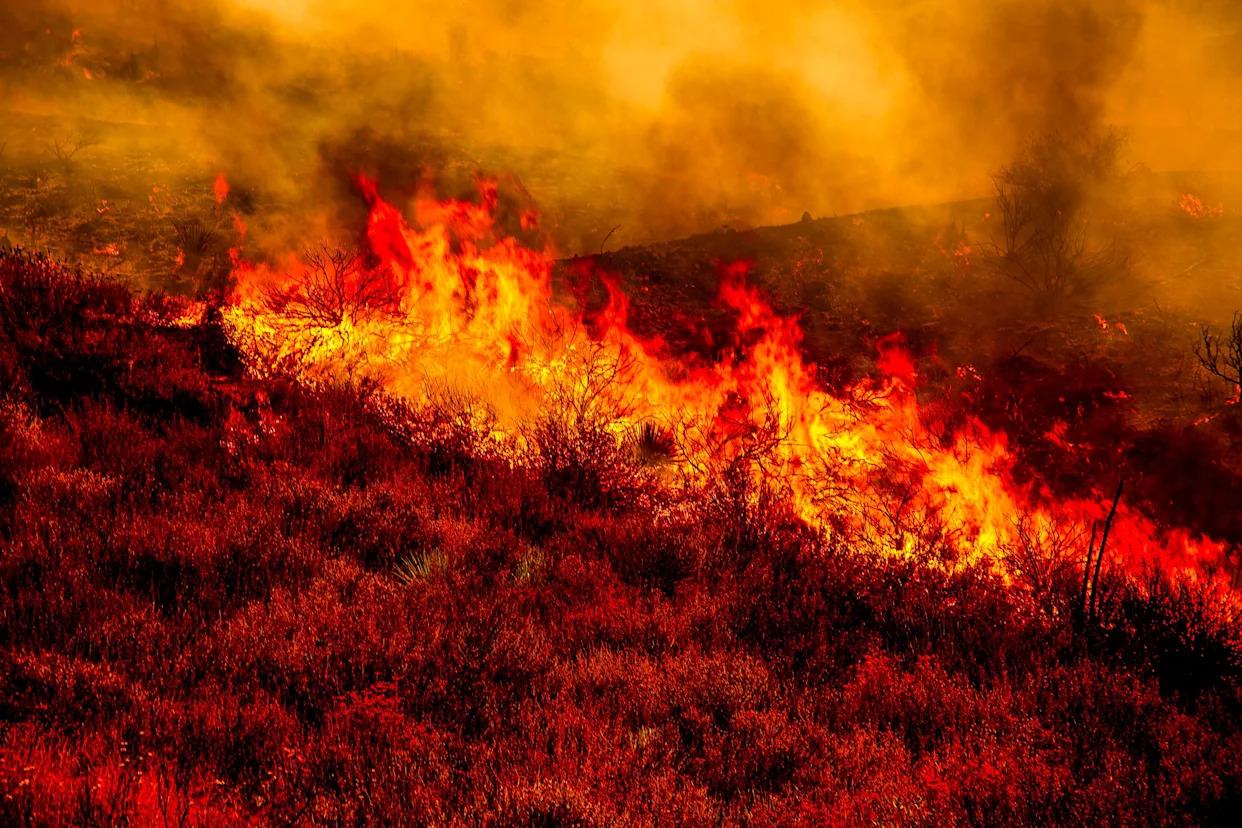Hurricane Debby made landfall one year ago along Florida's Big Bend, then weakened as it made a slow crawl near the Southeast region for days, leaving a legacy of flooding rain and tornadoes. Debby's remnants would also produce serious flooding in the Northeast and even Canada.
Debby pushed ashore as a Category 1 near Steinhatchee, Florida, on the morning of Aug. 5, 2024, then was downgraded to tropical storm status later in the day. Steering currents weakened shortly thereafter and the storm lingered near the Southeast coastal region for about three days.
The slow movement contributed to serious rainfall flooding from northern Florida into southeast Georgia and the Carolinas, where rainfall totals topped a foot in multiple locations. The top amount was 22.02 inches at Moncks Corner, South Carolina, or just north of Charleston.
Debby also produced more than two dozen tornadoes from Florida to the Carolinas, Virginia and Delaware, including an EF3 that destroyed homes and severely damaged a middle school in Lucama, North Carolina. Tornadoes that intense are rarely produced by hurricanes, tropical storms or their remnants.
Heavy rain associated with Debby's remnants went on to produce significant flooding in a few spots across mountainous areas of northern Pennsylvania and south of New York's Finger Lakes region, where water rescues took place. Southern Quebec, Canada, also saw significant flooding, including Montreal where an all-time daily record rainfall of 5.55 inches was set on Aug. 9.
Debby was blamed for 18 direct and indirect deaths and $4 billion in damage in the United States and Canada, according to the National Hurricane Center report.

Chris Dolce has been a senior digital meteorologist with weather.com for 15 years after beginning his career with The Weather Channel in the early 2000s.








Comments